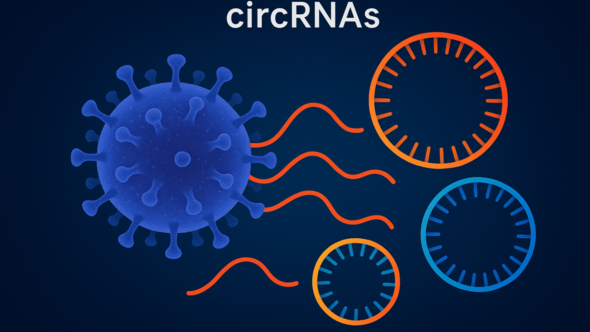"It's as if we've just discovered a new way for viruses to communicate and parasitize our cells. Understanding this mechanism means entering a new virus language", Alexis Chasseur simplifies.
"Based on new high-throughput RNA sequencing technologies, this circular RNA detection program captures a very large number of events, attesting to the circularization of RNAs produced by viruses," he details. While similar tools already exist in conventional cellular contexts, they focus solely on the detection of circular RNAs produced by conventional mechanisms, different from those of viruses. "vCircTrappist identifies any type of motif involved in RNA circularization and is adapted to the particularities of viral genomes. It thus enables us to discover a new landscape of gene expression by viruses", continues the researcher.
This breakthrough opens up new prospects for better understanding the role of these molecules in viral infections and could, ultimately, contribute to the development of new therapeutic strategies.



